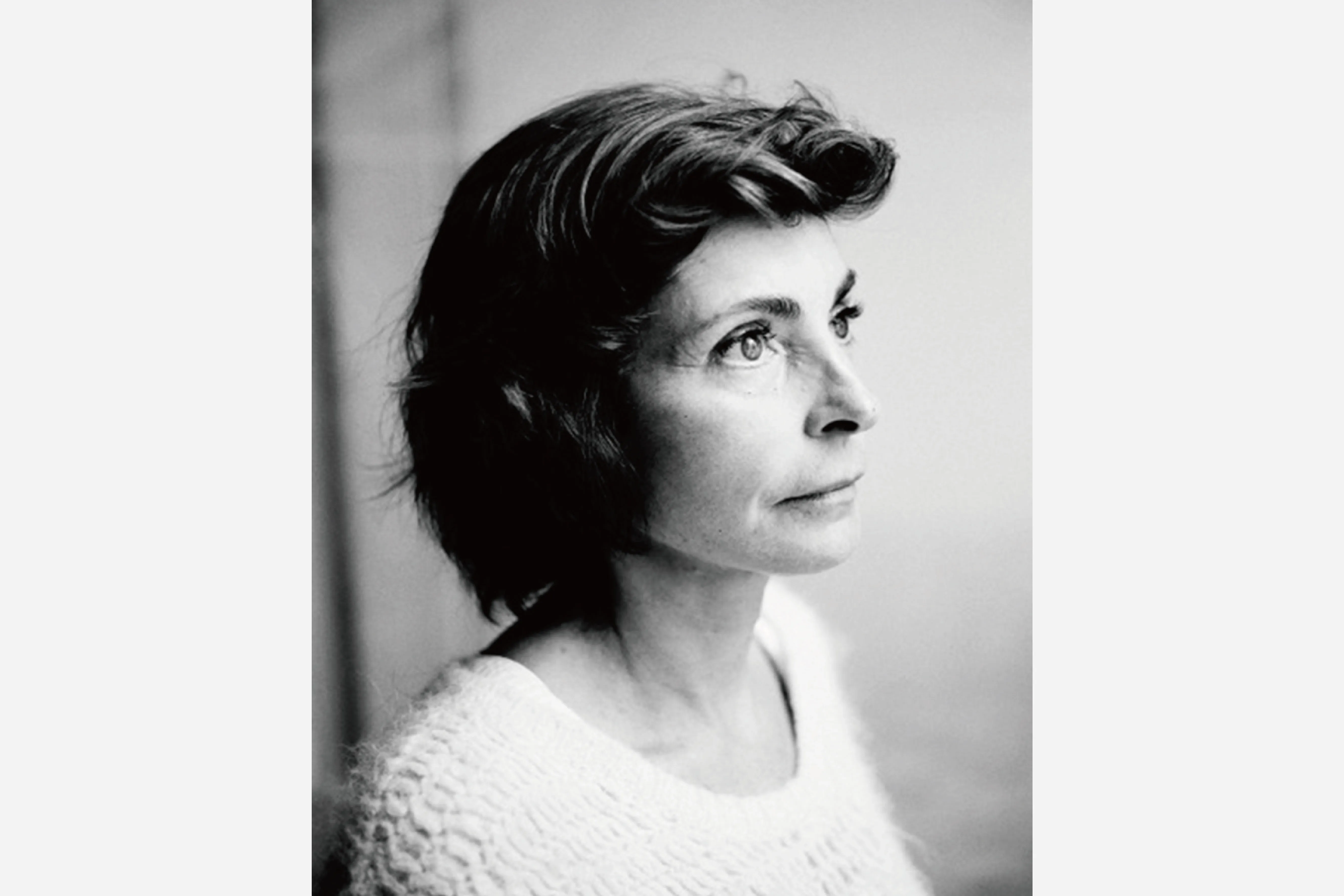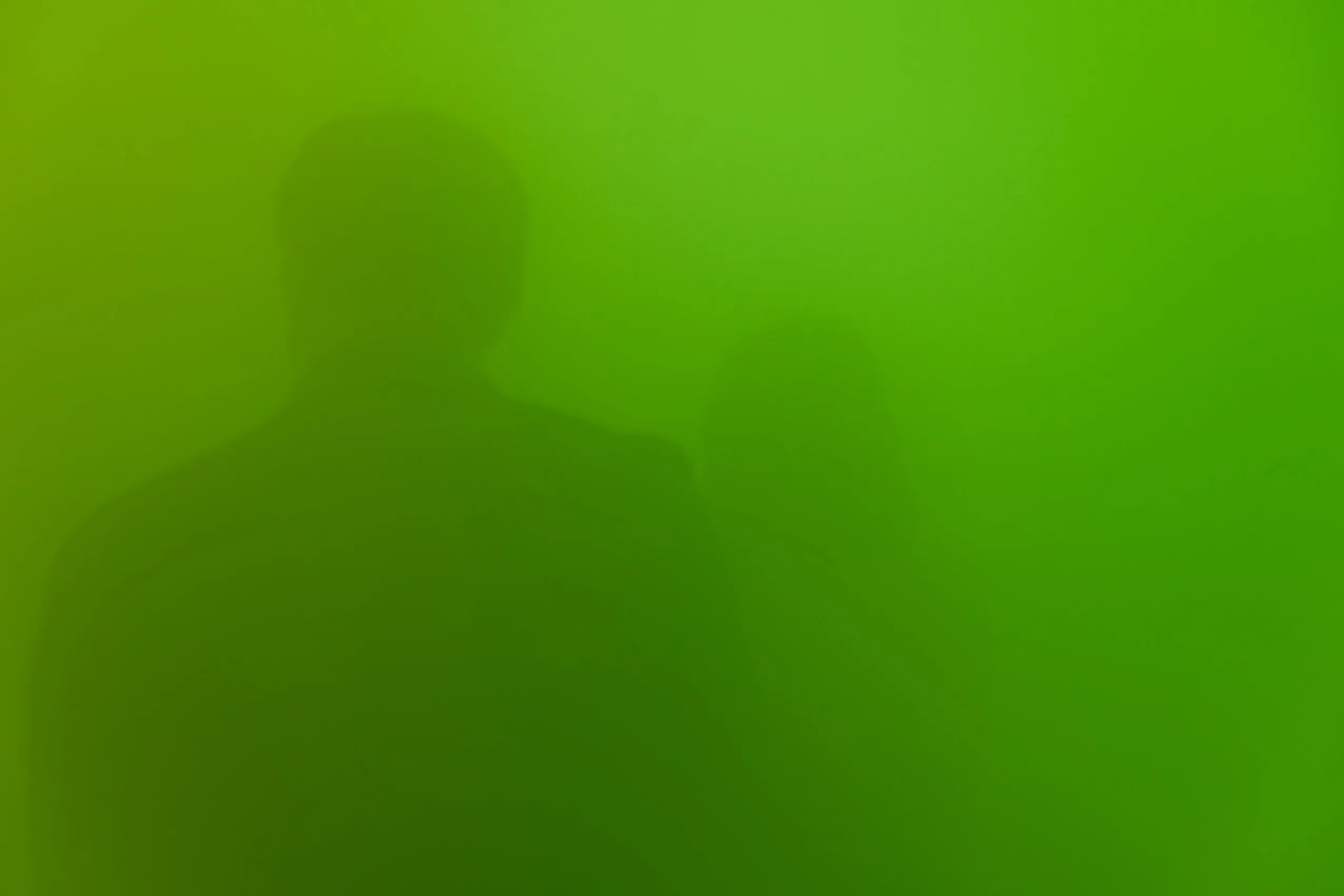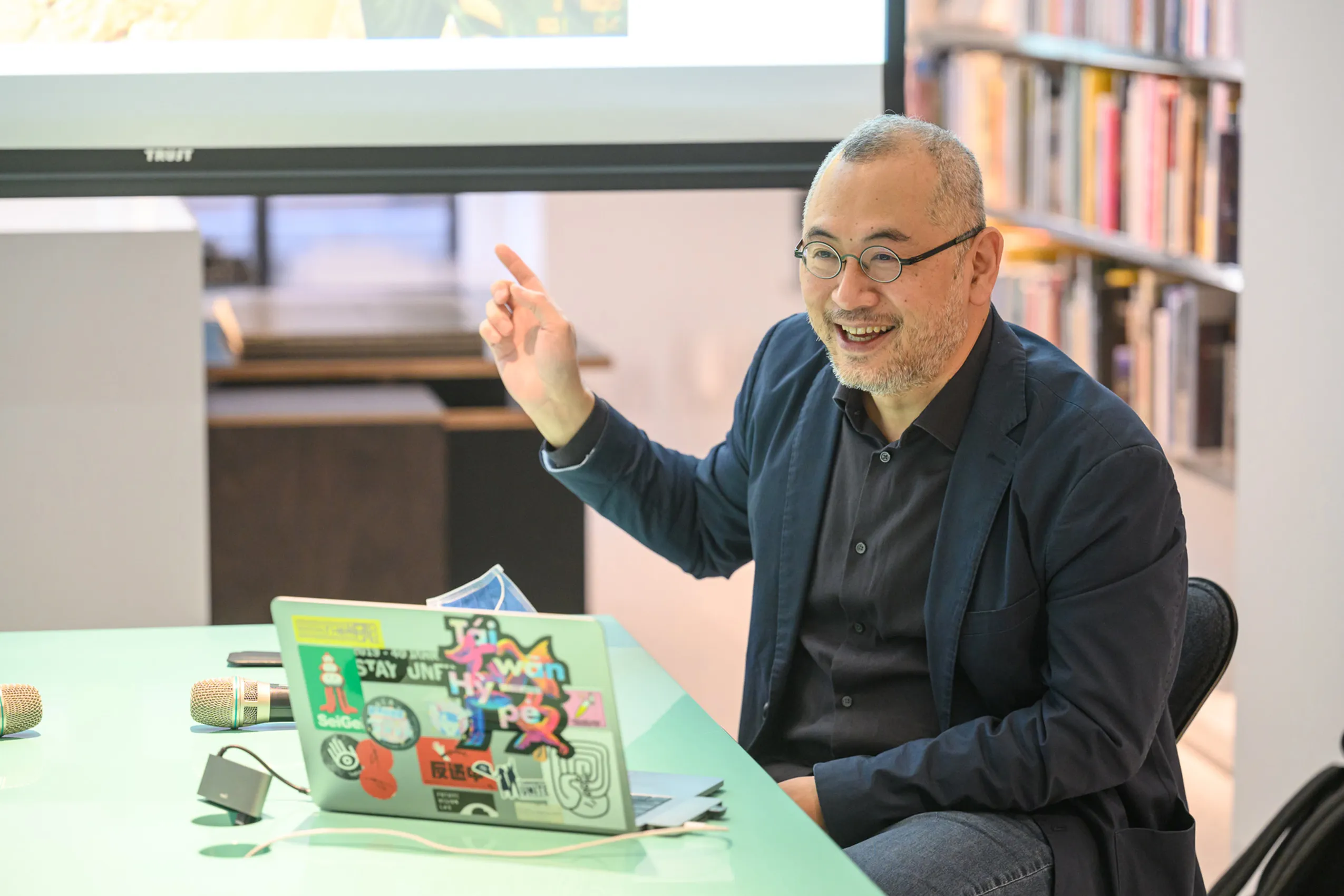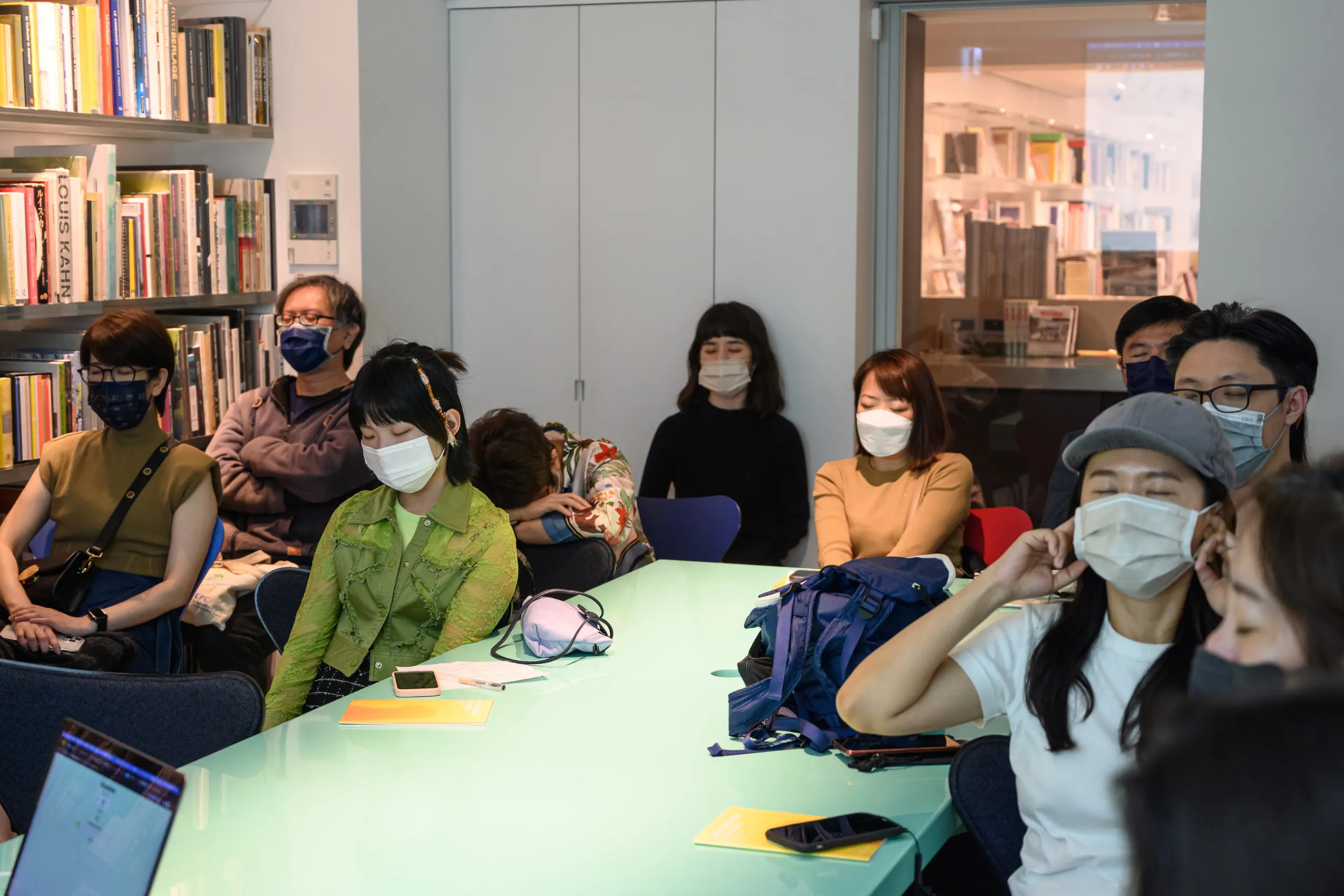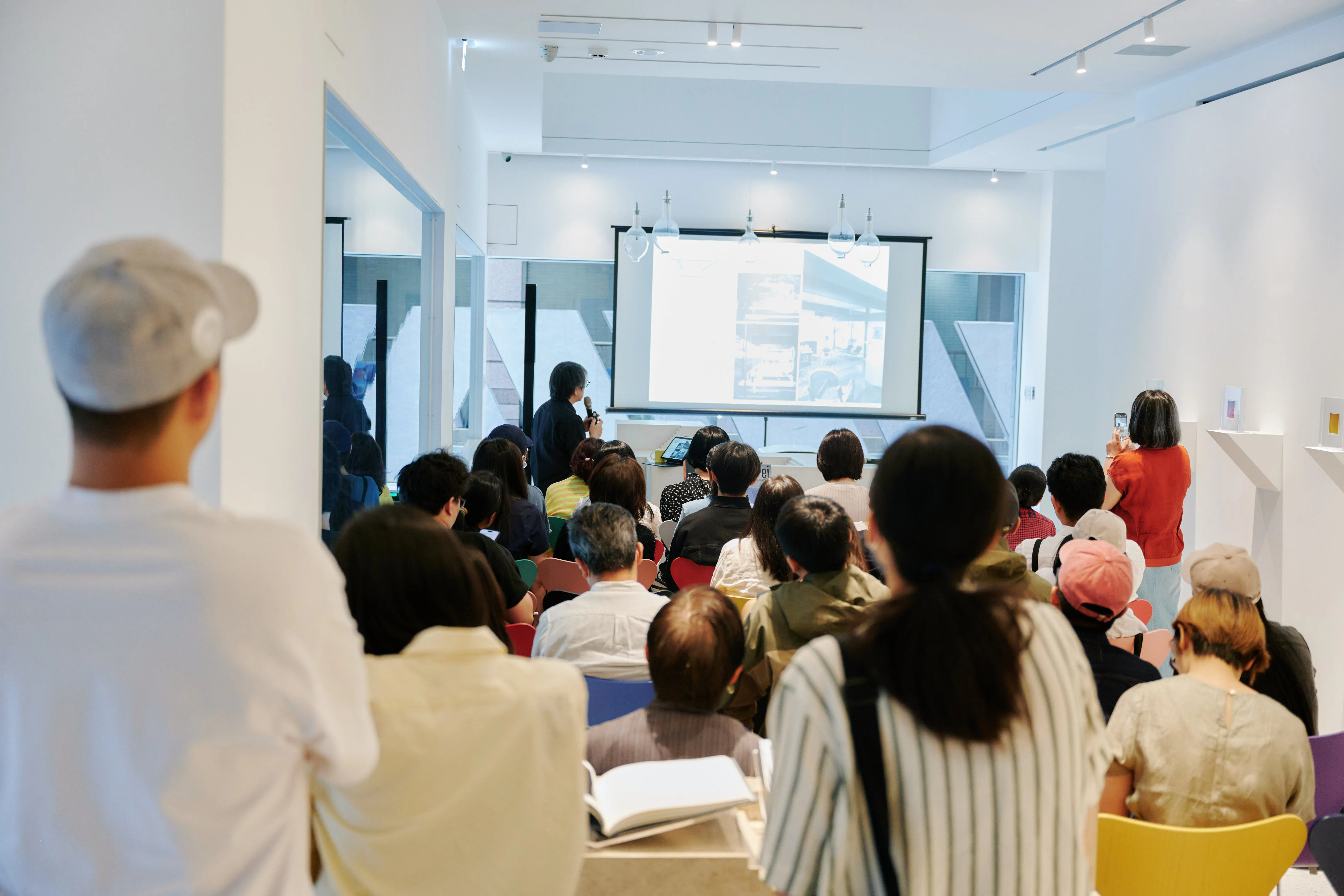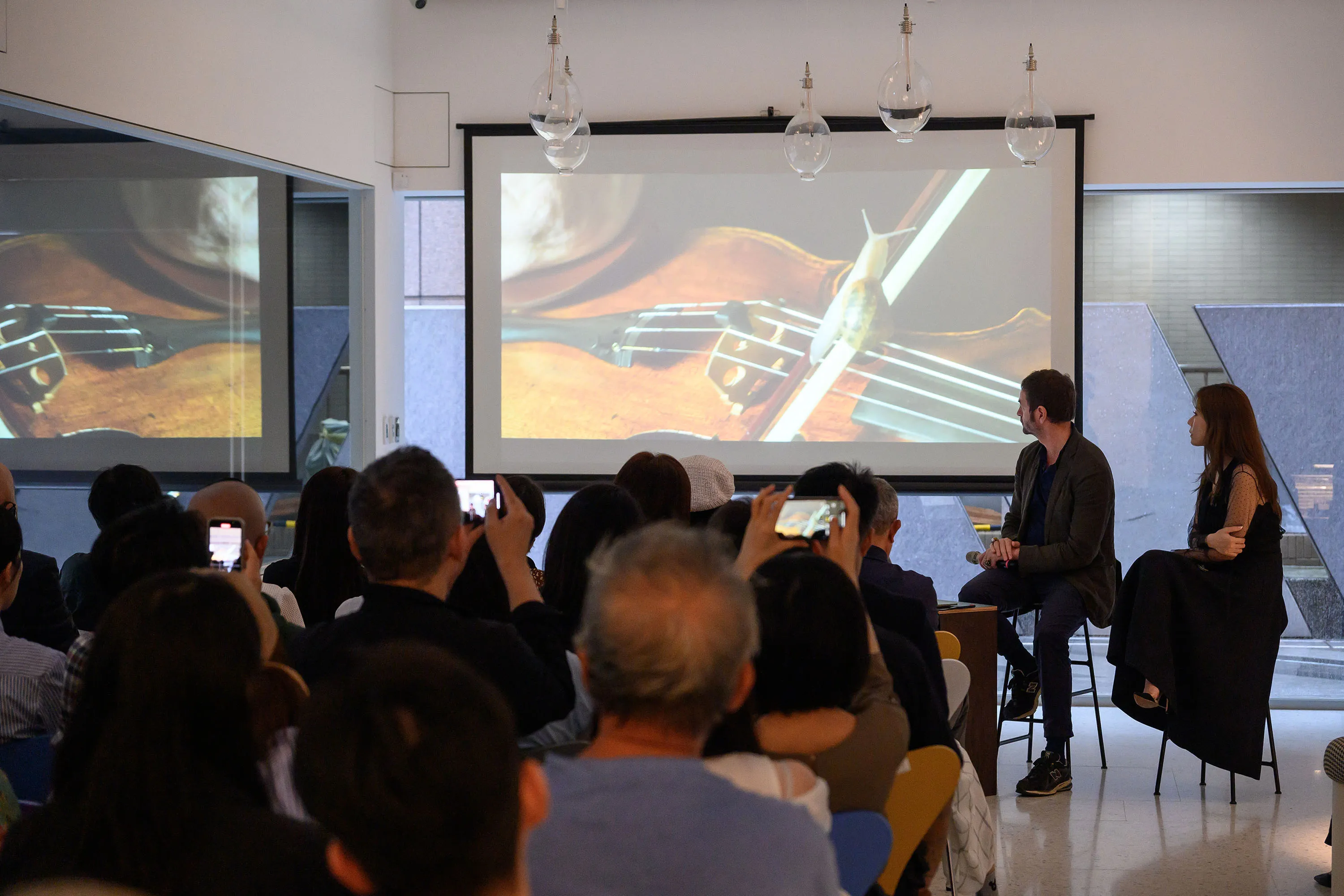
Atelier Talk | Immersive and Tech Art — Ann Veronica Janssens: Perception of Light and Color
Speakers
Escher Tsai, Director of Dimension Plus
Locations
Winsing Art Place (1/F. 6, Lane 10, Lane 180, Section 6, Minquan East Road, Neihu District, Taipei City)
Fees
$200 (including bookstore entrance fee)
Ages
Unrestricted
Introduction
The Winsing Arts Foundation’s program last year focused on themes explored by female artists, highlighting diverse materials and refined visual expressions to offer alternative perspectives on the world. At Winsing Art Place, the solo exhibition of Ann Veronica Janssens featured immersive installations and scientifically driven materials, inviting viewers to personally experience the sensory impact of her works and the subtle interplay of light and color.
For this occasion, the Foundation specially invited Escher Tsai, Director of Dimension Plus, to guide audiences through Janssens' fog installation. Tsai will analyze the evolution of immersive and tech-based art practices, examining how the artist’s work detaches us from ordinary reality and transforms perception. The lecture will also explore the Light and Space movement that emerged after World War II, delving into how key artists of the period reinterpreted space and new materials, and how their legacy resonates with Janssens’ artistic practice.
Event Recap
"What is it that we truly see? Much of it actually comes back to our own perception and how we interpret it. Throughout the development of visual art, there has been a constant evolution driven by technological innovation — from realism to abstraction. Especially with the advent of new technologies, artists have been exploring ways to intervene in human senses. AVJ’s work makes me seriously reflect on how we engage with emotions and feelings." - Escher Tsai, Director of Dimension Plus
The lecture began with an experience of being enveloped—and even lost—in Ann Veronica Janssens’ fog installation, leading into a discussion of Plato’s Allegory of the Cave, the CAVE projection system of the 1980s, Yayoi Kusama’s notion of self-obliteration, and TeamLab, all in an exploration of what “immersion” truly means. The talk also examined the historical context of the Light and Space movement in the 1960s and 70s, using works by Olafur Eliasson, James Turrell, and Ann Veronica Janssens to explore the intersection of technology and immersive art. To conclude, Director Tsai invited the audience to directly experience the “Dreamachine,” a device developed in 1958 that uses fixed-frequency light pulses to stimulate the brain and induce hallucinatory perception—immersing participants in a space where the boundaries of time and space seem to dissolve.
